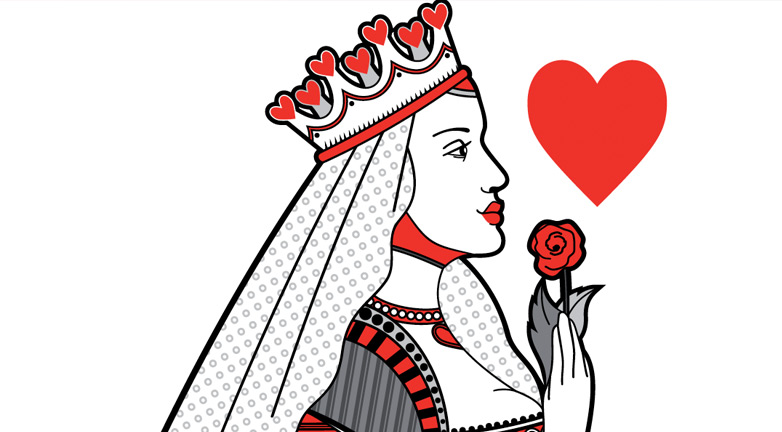Understanding the host-symbiont relationship has many facets. Often we borrow ideas from host-parasite interaction literature of co-evolution. You can think of host-parasite interaction as a continuous war between two parties where one party is always trying new ways to abuse the ‘host’. On the other hand, the host needs to upgrade itself against those new tactics to defend itself. There are several interesting frameworks to think about them. Let’s revisit.
Gene for gene model
The Gene-for-gene model was one of the earliest studies of types of symbiosis described by Flor (check the 1971 paper). This model was also used later to develop a mathematical model of coevolution.
Flor was working with a flowery plant and its pathogenic fungus. He showed that pathogen needs a particular protein to attack the host, which is called the avirulence factor coded by the Avr gene. (Basically, Avr is a general umbrella where many different proteins can be used to attack the host but you get the idea).
On the other hand, plants can also evolve a resistant (R) gene which will be resistant to the Avr gene from the parasite. R genes can be very specific to the Avr gene which is coevolved parallelly with parasite invasion. The figure below indicates how the gene-for-gene (GFG) works:

Red queen hypothesis
GFG may sounds good, at least if you are not a plant. However, life is not so easy fot the host. If plant can evolve a resistance gene (R), the parasite can get a new Avr genes (using horizontal gene transfer in case of bacteria). Or it may modify its existing Avr genes. Ultimately in this case having the initial R gene is no more helpful for the host. Now it has to evolve a new resistance gene or change the existing one so that it can survive.
It like an arms race between countries. If my enemy country has a neuclear weapon, I must develop one too to be safe 🙁
This idea is named after the Red Queen from Alice in wonderland (Through the Looking Glass). There, the Red Queen suggests to Alice that it takes all the running to keep in the same place. In evolutionary biology, it suggests that a species must continuously update/change/evolve its defense mechanism since its parasite (or pathogen or predator) is also continuously evolving.
Matching allele
Although GFG and matching alleles sound similar (alleles are just different versions of the same genes right?), this two are qualitatively different. The matching allele (MA) hypothesis focuses on the compatibility of host and parasite. MA hypothesis assumes that the match between host and parasites is required to have a successful interaction. . Many viruses actually require recognition of specific host surface proteins to start an infection. The G4G and MA hypothesis can be illustrated by the following comparison:

Reverse matching allele
Inverse matching allele hypothesis is similar to gene for gene model. In both cases, a match between host and pathogen leads to incompatibility or immune defense from the host. However, it differs from G4G framework in the regard that an exact match of a set of host-parasite alleles is required for a successful immune reaction. In other words,
… (T) the inverse matching alleles model assumes that hosts can mount a successful immune response against only those parasites carrying alleles that can be matched by the hosts arsenal of recognition alleles.
SCOTT L. NUISMER, University of Idaho, US
Inverse Gene for Gene
Last but not least, there is one more important variation of the GFG framework, which is also known as the inverse gene for gene. In this case, the parasite infectiousness (or virulence) is determined by parasite recognition of host signals (source). If the parasite can not identify host signals, it can not mount a successful infection.
There are many more models of co-evolution in host-pathogen infection as well as in symbiotic mutualism. But for now, all hail to the Red Queen and keep running only to cope up!



Leave a Reply